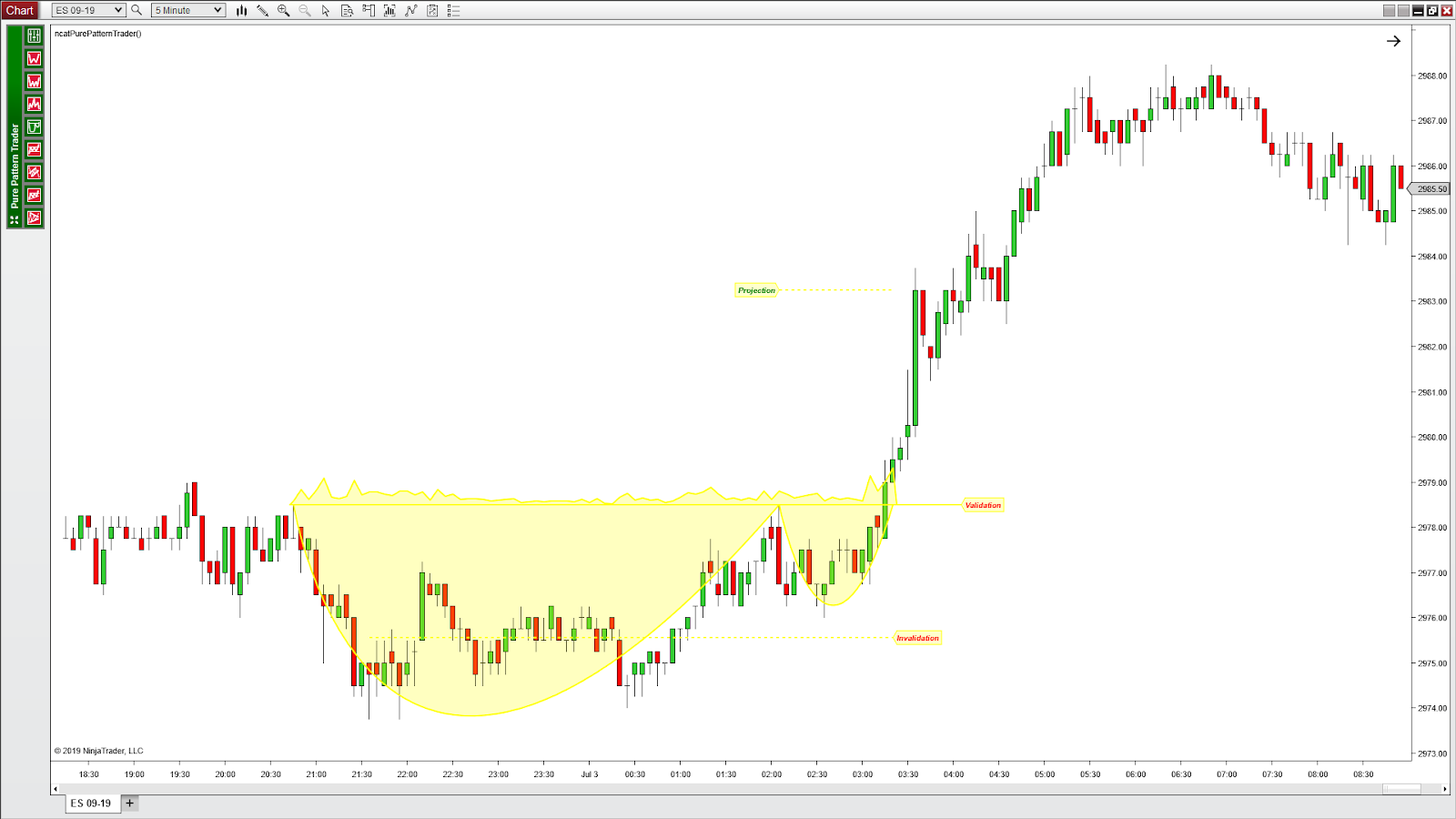
-
4 years ago
-

0
-

Ripple and Stellar
At the outset, Ripple (XRP) and Stellar Lumens (XLM) appear to be similar as they have similar technical functionalities. Both operate underlying payment processing solutions with native assets and are founded by Jed McCaleb. Both networks also support tokens representing crypto currency, fiat currency or any other unit of value such as mobile minutes or frequent flier miles. They are separately based on a shared, public database or ledger which uses a consensus process that facilitates exchanges, payments and remittances in a distributed process.
However, on a closer look, there are significant differences between the two.
What is Ripple?
Ripple is essentially a real–time gross settlement system (RTGS) currency exchange and remittance network. The Ripple protocol or Ripple Transaction Protocol (RTXP) is based on a distributed open source internet protocol and consensus ledger. In an effort to ease international payments, reduce costs and cause faster transfers, Ripple came into being.
Its native currency is termed Ripples (XRP). This network is supported by Ripple Labs company.
Suppose one wants to send money from an Indian bank to an American bank at the best currency exchange rate. Typically, the money will then have to go through several banks on the way. This will entail the frequent conversion of the currency, which will incur fees from each bank and weigh on the person’s expenses.
However, it will be different if he/she chooses Ripple or Stellar:
How Ripple Operates
Ripple is used by banks and multinational enterprises to make international payments. This takes place by the transfer of the XRP token through the Ripple network. Liquidity on demand is the end result.
When one wants to send money from one country to another that is separated by a large distance, such that it takes place at the best currency exchange rate, the person could use Ripple. He/she could buy Ripple and send it to a wallet address to the destination bank. However, if he/she does not want to do that, there is the option of choosing a bank that uses Ripple.
The person then makes the monetary transfer. His/her bank sends Ripple directly to the bank in which the recipient has an account. The payment takes place at the exchange rates and fees that the bank opts to charge.
What is Stellar?
Stellar is basically a real–time gross settlement system (RTGS) currency exchange and remittance network. The Stellar protocol (SCP) is built on a distributed open source internet protocol and consensus ledger. The native currency of Stellar is Lumens (XLM) and the network is supported by the non–profit organisation, Stellar Development Foundation (SDF).
How Stellar Operates
If one wants to make a money transfer from country to country, he/she could sign onto the Stellar platform. It transfers the money automatically. For a person wanting to transfer money from India to the USA, Stellar first converts the INR to dollars, and then uses an anchor to transmit the dollars to the recipient.
An anchor is a Stellar partner which is entrusted with the responsibility of actually transferring the funds. Anchors are generally money transfer companies. The person can choose his/her own anchor or shop around for the one most suitable for him/her.
There are three ways in which the currency can be converted:
Peer to peer – This looks for people who want to trade dollars for INR and picks the best prices.
Through XLM – XLM fills the gaps or makes up the entire transfer if necessary. For example, the Stellar platform might sell Lumens for dollars via an existing order on the official Stellar exchange.
Chain of conversions – This method can automatically perform a chain of conversions if required, such as such as INR > EUR > AUD > CNY > USD.
Given these options, people can make easy money transfers and convert currency according to their needs.
Uses of Ripple
- Easy Corporate Disbursements: Banks can provide real–time, data–rich payment services to corporate customers, enabling them to have optimum working capital management, automatic reconciliation and high straight–through processing rates.
- Low–Cost Remittances: Ripple enables banks to provide a low–cost remittance service to customers. It enables banks to offer customers real–time remittances with transparency of transactions.
Uses of Stellar
- Facilitates Micropayments: It reduces the the cost of smaller transfers and provides incremental payment options to customers.
- Pocket–Friendly Remittances: Stellar sends money to different countries speedily and economically.
- Mobile Money Transfer: It makes mobile money platforms interoperable, allowing customers to send mobile money to recipients with various providers.
- Supports Social Enterprises: It uses low–budget financial services to usher sustainable social change.
Conclusion
Stellar presently is a non–profit organisation while Ripple operates for profit. While Ripple’s network is more centralized, Stellar functions in a decentralized way. Whether it is poised to overtake Ripple, the market value of which is roughly five times bigger, remains to be seen.
Source Links:
https://www.finder.com/in/ripple–vs–stellar–lumens
https://galactictalk.org/d/242–difference–between–ripple–and–stellar
http://bitcoinist.com/ripple–vs–stellar–coin–will–win/
https://www.investinblockchain.com/stellar–lumens–vs–ripple/
Browse Categories
Featured Posts
 4 years ago
4 years ago
Cypher Pattern
 4 years ago
4 years ago
Crab Pattern
 4 years ago
4 years ago
Butterfly Pattern
 4 years ago
4 years ago
Bat Pattern
 4 years ago
4 years ago
ABCD Pattern
 4 years ago
4 years ago
The Rectangle Pattern
 4 years ago
4 years ago
Triangle Patterns
 4 years ago
4 years ago
Flag Pattern
 4 years ago
4 years ago
Double and Triple Pattern
 4 years ago
4 years ago
The Cup with Handle Pattern
 4 years ago
4 years ago
The Head-and-Shoulders Pattern
Popular Posts
Algorithmic Trading
4 years agoAn Overview of Initial Coin Offering (ICO)
4 years agoMonero Cryptocurrency
4 years ago